How to Create a Spring Festival English Handwritten Newspaper
Creating a Vibrant Spring Festival English Handwritten Newspaper
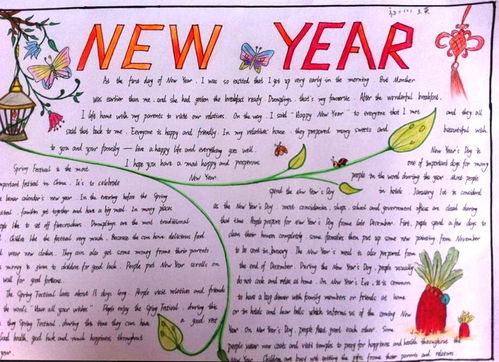
Creating a Spring Festival English handwritten newspaper is a fun and educational way to celebrate the Chinese New Year while enhancing your English language skills. This project allows you to explore the rich cultural traditions of the Spring Festival, translate them into English, and visually represent them through artwork and design. Here's a comprehensive guide to help you create a stunning and informative Spring Festival English handwritten newspaper.
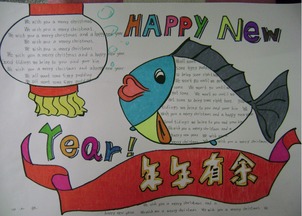
1. Understanding the Spring Festival
Before you begin creating your newspaper, it's essential to have a solid understanding of the Spring Festival, also known as Chinese New Year. The Spring Festival is the most important traditional festival in China, marking the turn of the lunar calendar. It's a time for families to reunite, share meals, and celebrate the arrival of spring. The festival typically lasts for 15 days, culminating in the Lantern Festival.
2. Planning Your Newspaper
A. Choosing a Format
Decide on the format of your newspaper. You can choose a traditional newspaper layout with columns and sections or opt for a more creative and visually appealing magazine-style format.
B. Determining Sections
Plan the sections of your newspaper. Common sections include:
Introduction to the Spring Festival: A brief overview of the festival's history, significance, and traditions.
Celebrations and Customs: Detailed descriptions of various customs and celebrations, such as family reunions, fireworks, dragon and lion dances, and temple visits.
Food and Drink: An exploration of traditional Spring Festival foods, including dumplings, rice cakes, and other delicacies.
Myths and Legends: Stories and legends associated with the Spring Festival, such as the tale of the Nian monster.
Decorations and Symbols: An explanation of traditional decorations and their meanings, such as red lanterns, couplets, and paper cutouts.
Personal Experiences: Share your own experiences and traditions from previous Spring Festivals.
C. Design Elements
Think about the design elements you want to include. Chinese New Year is known for its vibrant colors, especially red, which symbolizes good luck and prosperity. Consider using traditional Chinese patterns, such as clouds, dragons, and phoenixes, as borders or background elements.
3. Gathering Content
A. Research
Use reliable sources to gather information about the Spring Festival. This can include books, websites, and documentaries.
B. Translating
Translate the information you've gathered into English. Be mindful of cultural nuances and ensure your translations are accurate and respectful.
C. Writing Articles
Write engaging articles for each section of your newspaper. Keep your language clear and concise, and try to use vocabulary that's appropriate for your target audience.
4. Creating the Layout
A. Sketching
Start by sketching a rough layout of your newspaper. Decide where each section will go and how much space you'll allocate to each.
B. Drawing Borders and Dividers
Draw borders and dividers to separate your sections and articles. You can use traditional Chinese patterns or create your own unique designs.
C. Adding Images
Incorporate images to make your newspaper more visually appealing. You can draw your own illustrations, use clip art, or find high-quality images online. Be sure to credit any images you use from external sources.
5. Decorating Your Newspaper
A. Color Scheme
Stick to a color scheme that reflects the festive atmosphere of the Spring Festival. Red is a must, but you can also incorporate gold, silver, and other bright colors.
B. Traditional Symbols
Add traditional Chinese symbols, such as the zodiac animals, red lanterns, and couplets, to your newspaper. These symbols can be drawn as borders, illustrations, or as part of your text.
C. Calligraphy
If you're skilled in calligraphy, consider adding some Chinese characters to your newspaper. Even if you're not, you can use pre-printed characters as decorative elements.
6. Writing the Content
A. Introduction
Begin with an introduction to the Spring Festival. Provide a brief overview of its history, significance, and importance in Chinese culture.
Example Introduction:
"The Spring Festival, also known as Chinese New Year, is the most significant traditional festival in China. It marks the turn of the lunar calendar and is celebrated with family reunions, festive meals, and a variety of customs and traditions. This newspaper aims to explore the rich cultural heritage of the Spring Festival and share its traditions with English speakers around the world."
B. Celebrations and Customs
Describe various customs and celebrations associated with the Spring Festival. Include information on family reunions, fireworks, dragon and lion dances, temple visits, and other traditions.
Example Article:
"Family reunions are a staple of the Spring Festival. On New Year's Eve, families gather together to share a festive meal, known as the reunion dinner. This meal is often filled with traditional dishes, such as dumplings, fish, and rice cakes. Fireworks and firecrackers are set off to scare away evil spirits and welcome the new year. Dragon and lion dances are also performed to bring good luck and prosperity to communities."
C. Food and Drink
Explore traditional Spring Festival foods and their symbolic meanings. Include descriptions of dumplings, rice cakes, and other delicacies.
Example Article:
"Food plays a central role in the Spring Festival. Dumplings are a staple of the reunion dinner and are believed to bring wealth and prosperity in the new year. Rice cakes are eaten to symbolize progress and success, while fish represents surplus and abundance. Other traditional foods include spring rolls, noodles, and sweet soup."
D. Myths and Legends
Share stories and legends associated with the Spring Festival. These tales can provide insight into the origins and meanings of various customs and traditions.
Example Article:
"One popular legend associated with the Spring Festival is the tale of the Nian monster. According to the story, the Nian was a ferocious beast that would emerge from the mountains every New Year's Eve to devour villagers and livestock. One year, a wise old man suggested that the villagers hang red lanterns and set off firecrackers to scare away the monster. The plan worked, and the Nian was never seen again. From then on, hanging red lanterns and setting off firecrackers became a tradition to celebrate the new year and ward off evil spirits."
E. Decorations and Symbols
Explain the meanings and significance of traditional decorations, such as red lanterns, couplets, and paper cutouts.
Example Article:
"Red lanterns are a symbol of good luck and prosperity during the Spring Festival. They are hung in homes and streets to create a festive atmosphere and welcome the new year. Couplets, or spring festival scrolls, are pairs of poetic lines written on red paper and hung on doors. These couplets express wishes for good fortune, health, and happiness in the new year. Paper cutouts, known as jianzhi, are also popular decorations. They are created using scissors or knives and often feature traditional Chinese patterns and symbols."
F. Personal Experiences
Share your own experiences and traditions from previous Spring Festivals. This can add a personal touch to your newspaper and make it more relatable to readers.
Example Article:
"As a child, my favorite part of the Spring Festival was always the reunion dinner. My family would gather at my grandparents' house and cook a feast of traditional dishes. I loved helping in the kitchen, rolling dumplings and stir-frying vegetables. After dinner, we would watch fireworks light up the sky and play games until the early hours of the morning. These memories are still special to me, and they remind me of the importance of family and tradition during the Spring Festival."
7. Finalizing Your Newspaper
A. Proofreading
Carefully proofread your newspaper for spelling, grammar, and punctuation errors. Make sure your translations are accurate and respectful of Chinese culture.
B. Adding Finishing Touches
Add any final decorative elements, such as borders, images, or calligraphy. Make sure your newspaper looks polished and professional.
C. Sharing Your Work
Once you're satisfied with your newspaper, share it with friends, family, and classmates. You can also post it online or submit it to a school or community publication.
Conclusion
Creating a Spring Festival English handwritten newspaper is a fun and rewarding project that allows you to explore Chinese culture and enhance your English language skills. By planning your newspaper, gathering content, creating a layout, decorating your work, and writing engaging articles, you can create a visually appealing and informative newspaper that celebrates the rich traditions of the Spring Festival.
- 上一篇: 百度地图APP:轻松解锁车道级精准导航秘籍
- 下一篇: 家庭DIY发型教程
-
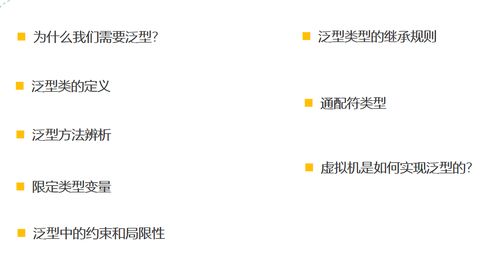
-
 How to Pronounce 'San Francisco' in English?资讯攻略02-21
How to Pronounce 'San Francisco' in English?资讯攻略02-21 -
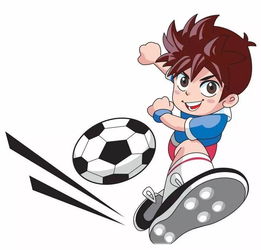 How to Say '幸运星' in English资讯攻略03-05
How to Say '幸运星' in English资讯攻略03-05 -
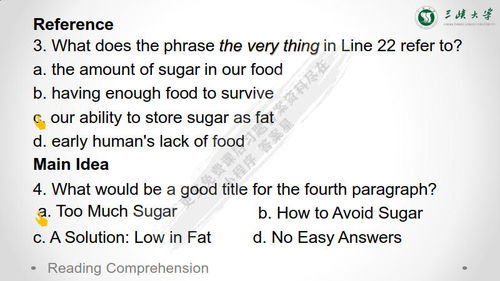
-
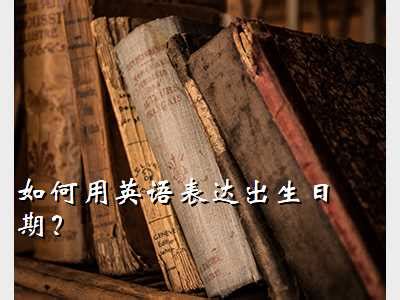 How to Express a Birth Date in English资讯攻略12-02
How to Express a Birth Date in English资讯攻略12-02 -
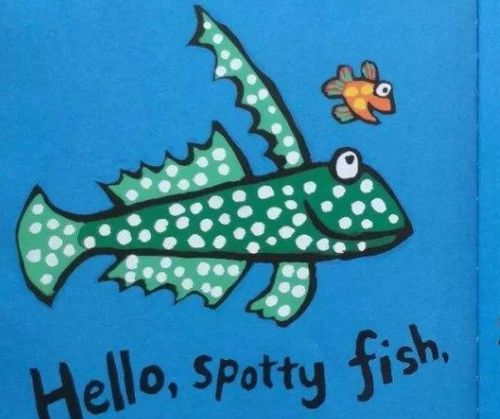 How to Pronounce 'Oyster' in English?资讯攻略02-16
How to Pronounce 'Oyster' in English?资讯攻略02-16












